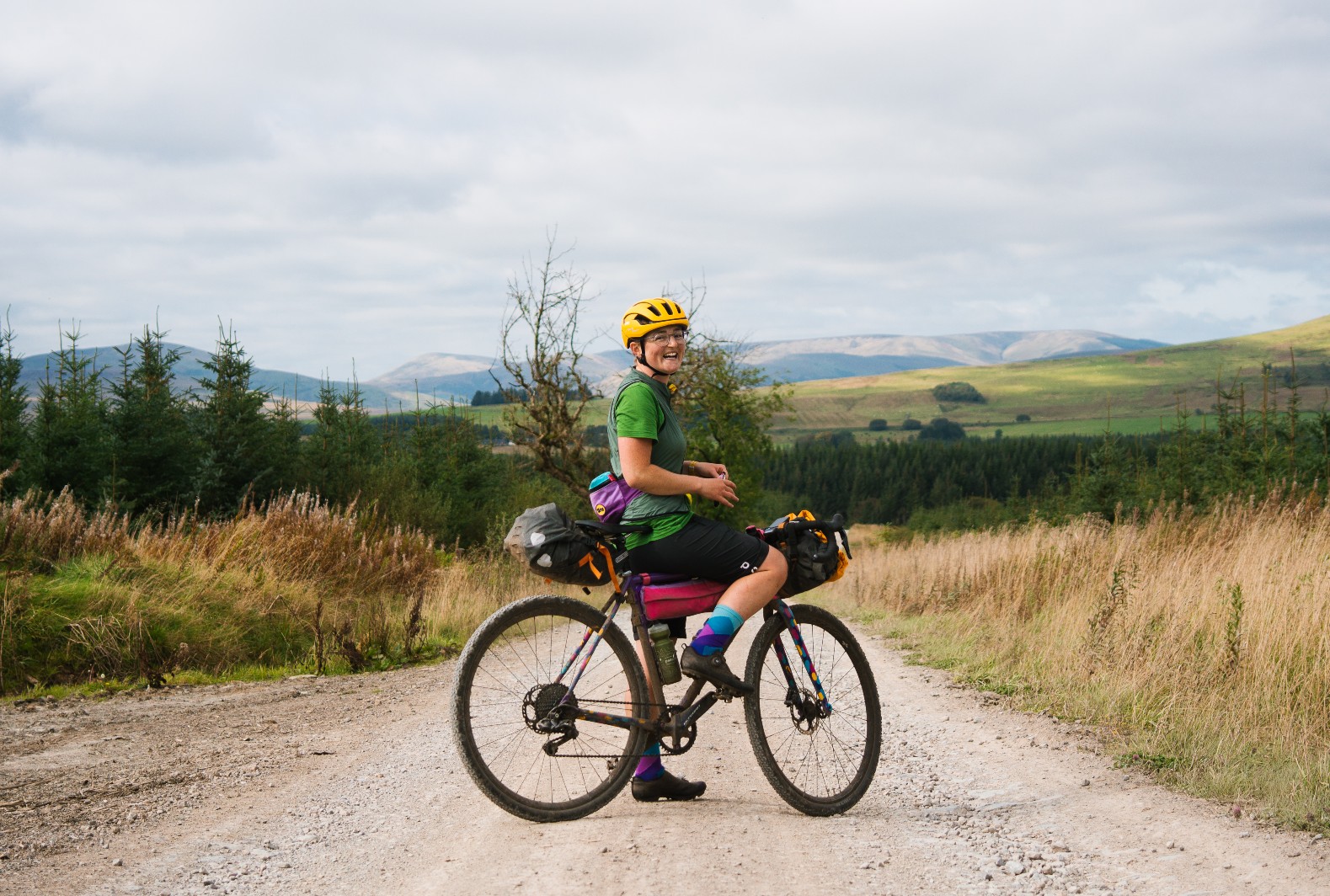You’d have to have been living under a rock to have missed the boom in gravel riding over recent years, but if you’re still pondering just what it is, or are even gravel-curious, here’s what you’re missing.
The ‘gravel’ discipline tends to describe riding a drop-bar bike on unpaved roads and trails, fitting somewhere between road cycling and mountain biking. In this case, the clue isn’t really in the name – gravel riding can encompass all types of terrain, from actual gravel to wooded singletrack and everything in between.
As we’ll come on to, versatility is key when it comes to gravel bikes, and that extends to gravel riding as a whole. From super-chilled social rides to remote and demanding endurance racing, mass-participation events to dirt touring, there’s something in gravel for everyone.
Where did gravel riding come from?
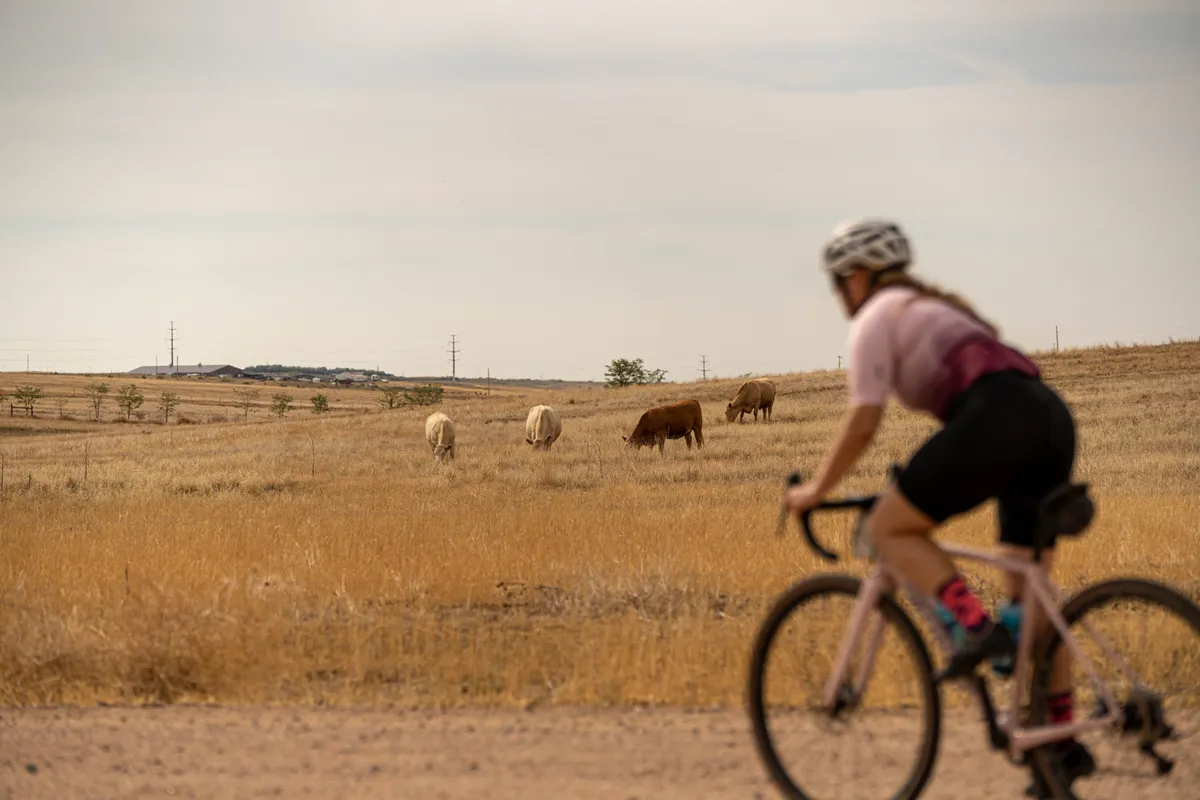
Many will credit the US as the origin of gravel riding, where long, remote stretches of unpaved roads bridged the gap between road cycling, mountain biking and cyclocross racing.
Yet in the UK, the world’s oldest off-road cycling club, the Rough Stuff Fellowship, established in 1957, demonstrates that there was certainly more than one origin for the cycling discipline that we now largely call ‘gravel’.
Taking the road (or should we say ‘groad’?) less travelled enables riders to hone their passion for exploration and adventure, and for some provides an opportunity to try a new racing discipline too. The variable terrain offers some riders a shift from the usual focus on the speed and science of road cycling and often provides a respite from roads and traffic.
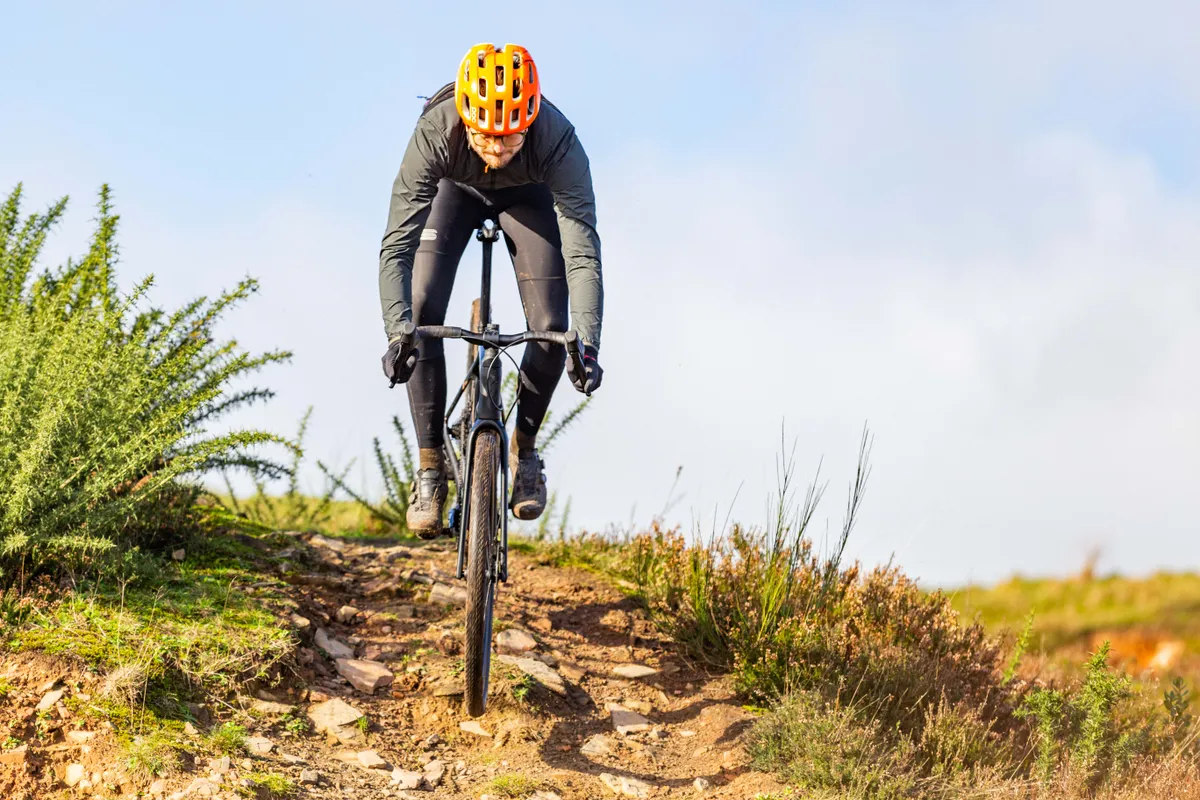
With mountain biking evolving to be more extreme and specialised over recent decades, gravel riding offers a more accessible discipline where riders can head out straight from their front door. These riders can now explore further afield and enjoy trails that would be relatively tame by modern mountain biking standards on rigid, drop-bar bikes that help make them a little more spicy again.
Many gravel riders started out on modified cyclocross, mountain or touring bikes, until the mainstream bike industry took note of the boom and began creating gravel-specific models, helping gravel to gain a foothold as a new global discipline.
Where can you ride gravel?
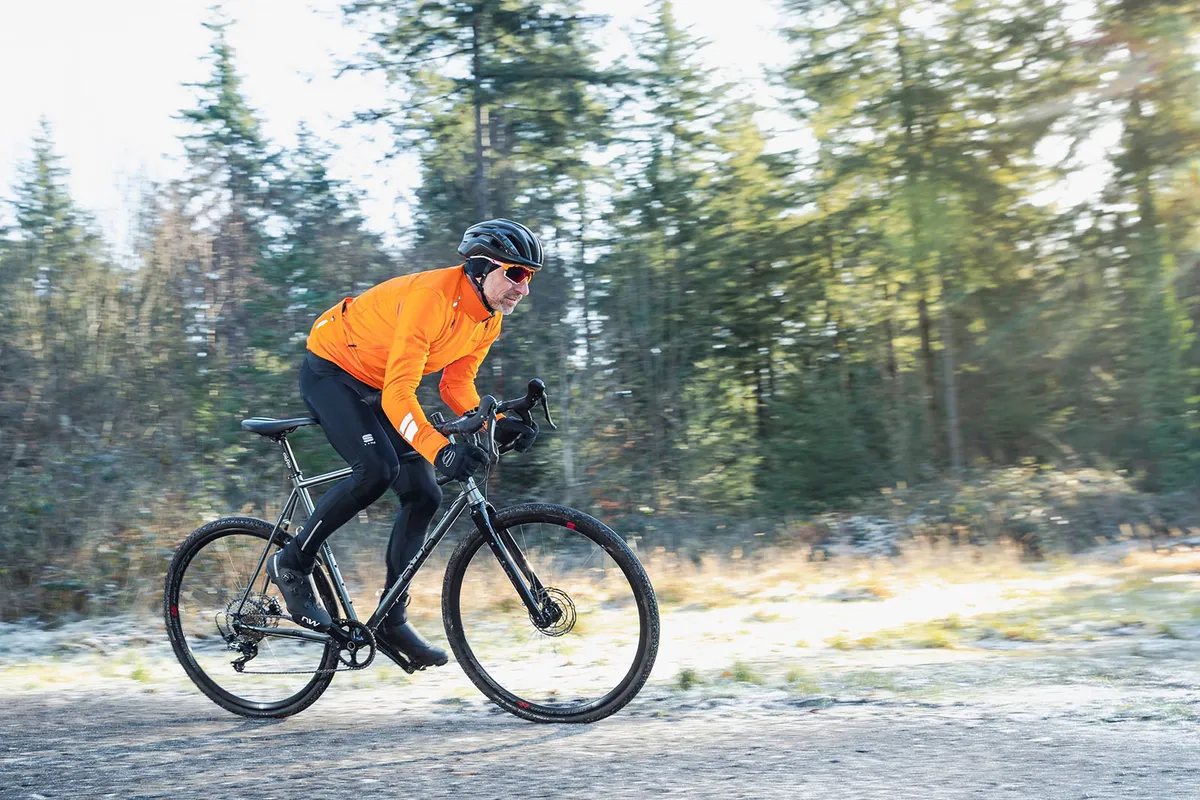
The US is hailed as the spiritual home of gravel riding, with a third of its 4.1 million-mile road network unpaved. It’s easy to see why the discipline and associated events have really taken off in North America, with such an abundance of great gravel roads from the Midwest prairies to the Colorado Rockies.
The term ‘gravel’ might be a little misleading in the UK and some areas of Europe, however, and multi-terrain or adventure cycling might describe it better.
You’re more likely to find routes linking up dirt doubletracks, flowy singletrack, forest fire roads, canal towpaths, field margin trails and farm roads with sections of tarmac in between, rather than long stretches of pristine gravel roads – depending where you’re riding, of course.
It’s worth doing a little research into your local laws to find out where you can ride, or if you’re planning on taking your gravel bike on holiday. For example, in the UK you’re permitted to ride a bike on bridleways and byways but not on footpaths, whereas in many European countries you can also ride on hiking routes.
Just like mountain biking, weather and trail conditions are likely to dictate where you choose to ride. Better-draining areas are preferable for year-round riding. Boggier, muckier trails are best left for the drier summer months.
Do you need a gravel bike?
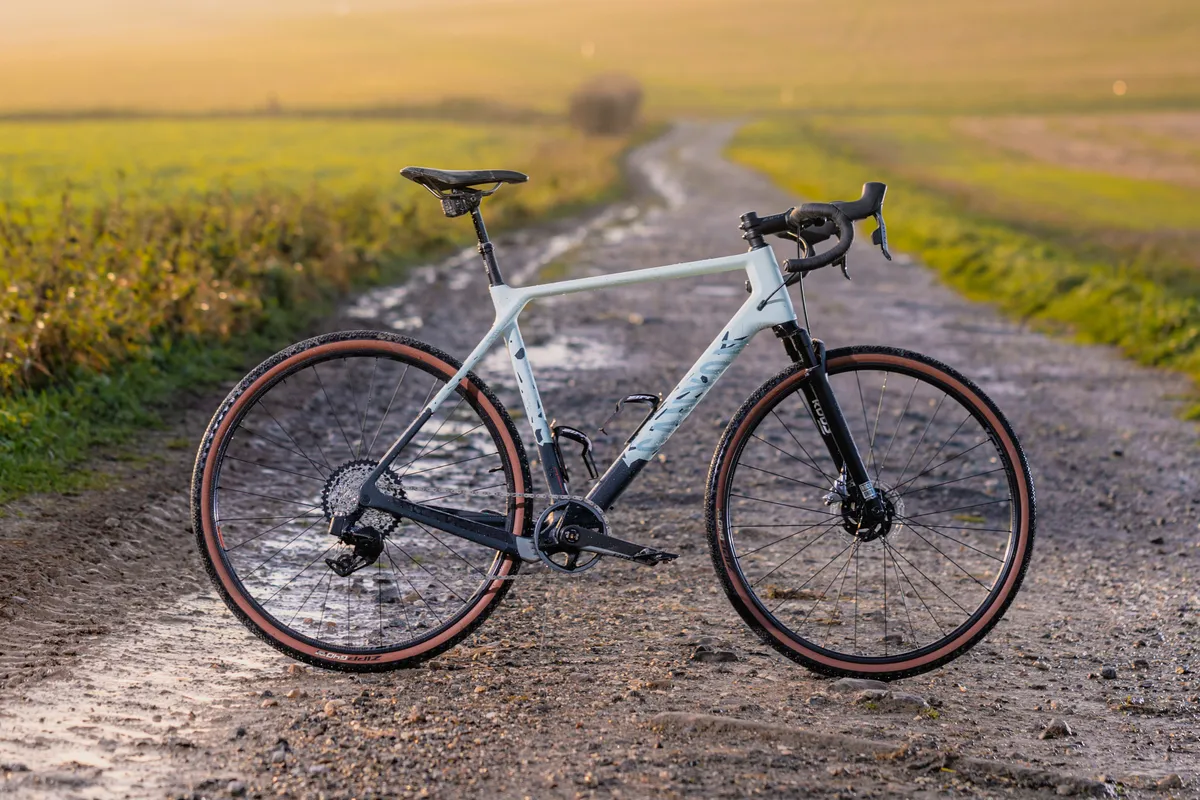
Gravel bike geometry, gearing and tyre clearance are all designed specifically to address the demands of off-road riding. While it’s not essential that you use one to ride off-road, they can make the ride much more comfortable and enjoyable.
Don’t expect your gravel bike to be as responsive and speedy on the tarmac as the best aero road bikes or as capable as the best trail bikes. A gravel bike is an enabler. You can enjoy the efficiency of riding gravel bike handlebars on the roads and tamer tracks, while also tackling more technical trails that you wouldn’t dream of riding on road bike tyres.
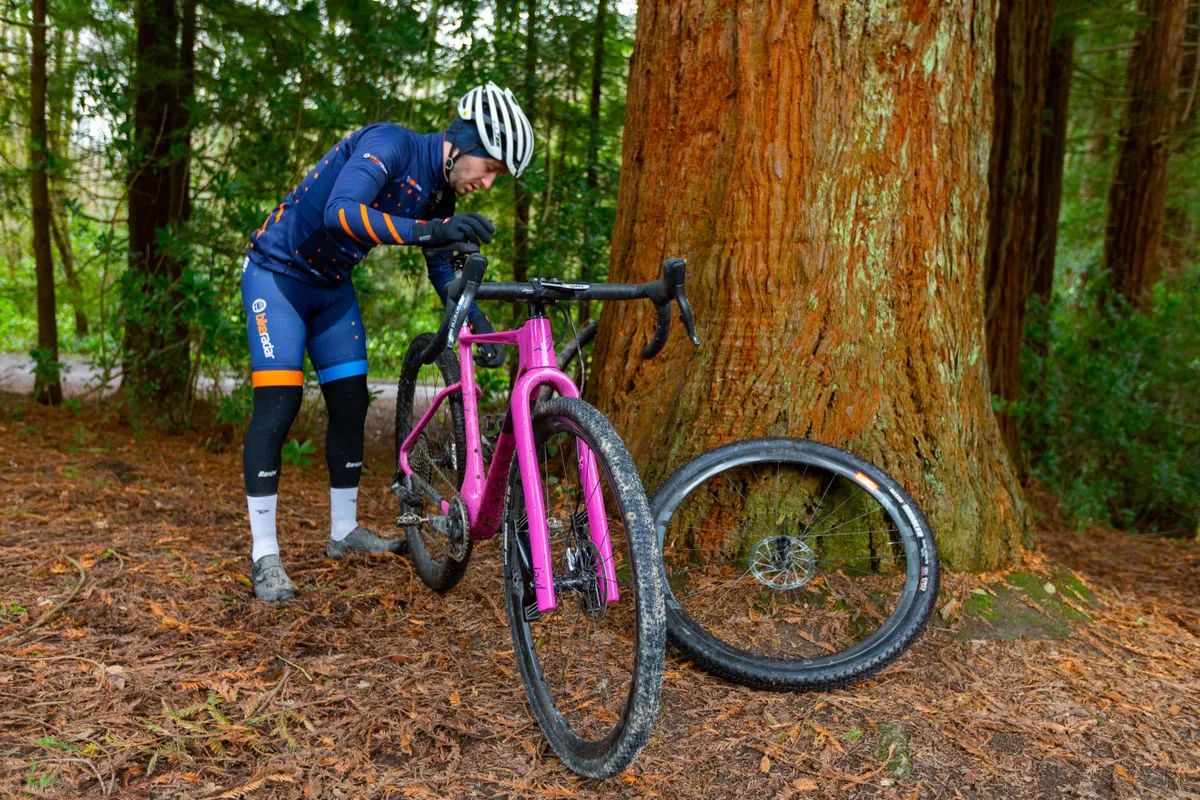
Many riders limited by space or budget choose a gravel bike with two wheelsets: a pair of gravel bike wheels and one for road. Here, you can switch easily between tyres for on- and off-road use, although you should be aware that the gearing probably won’t be optimised for both disciplines.
By now, you might be asking, what is a gravel bike? We'll answer this question by comparing and contrasting the gravel bike to its two-wheeled counterparts.
Is a gravel bike the same as a cyclocross bike?
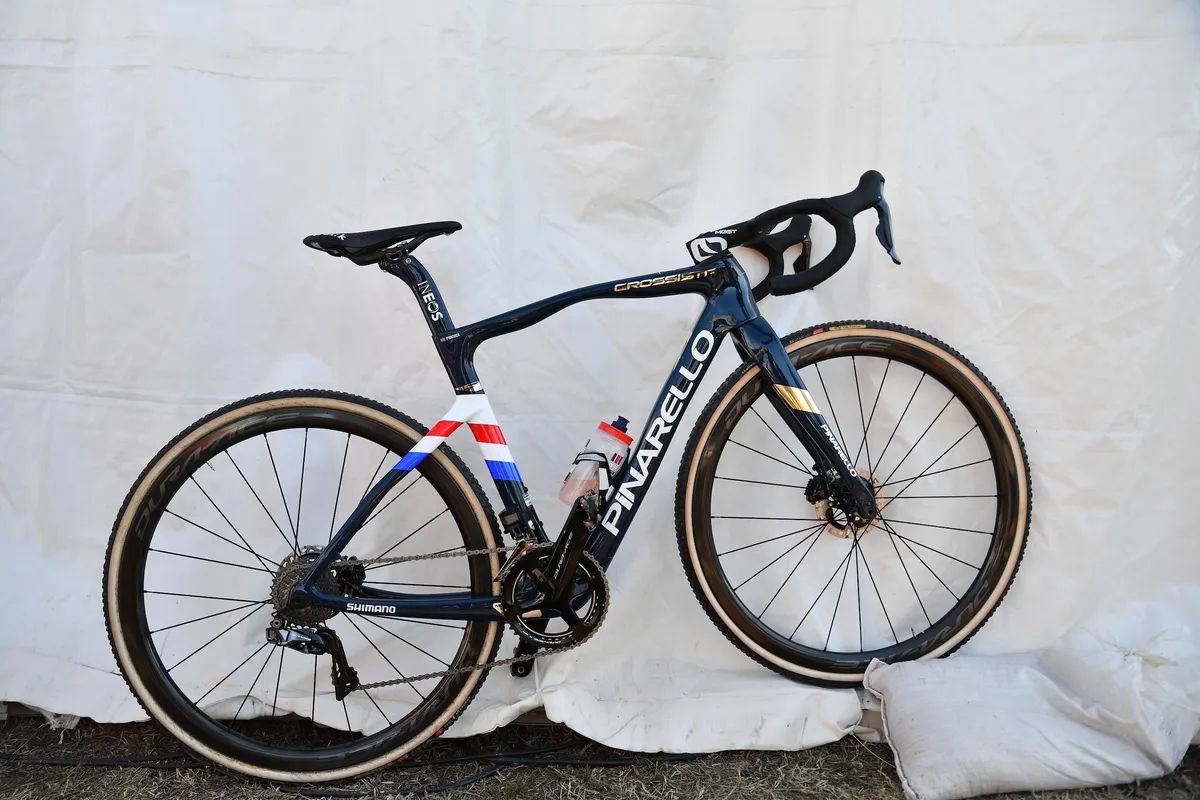
Visual similarities between gravel bikes and cyclocross bikes belie quite significant differences.
The best cyclocross bikes are designed purely with cyclocross racing in mind and are constrained by UCI rules dictating a maximum of 33mm tyres and bar width of 50cm. The geometry is race-focused, with a high bottom bracket, more aggressive riding position and sharp steering for tight cornering.
Cyclocross bikes often lack mudguard eyelets, rack mounts and multiple bottle cage bosses. These are unnecessary in hour-long races.
As a result, cyclocross bike are okay but not ideal for gravel riding. The best gravel bikes offer much greater tyre clearance, more relaxed and stable geometry suitable for longer days in the saddle and rougher terrain, as well as more luggage-mounting options.
The increasing specialisation of gravel does muddy the waters. For instance, the best gravel race bikes are more closely related to cyclocross bikes than aluminium gravel bikes designed for multi-day adventures.
Do you need a gravel bike if you have a hardtail mountain bike?
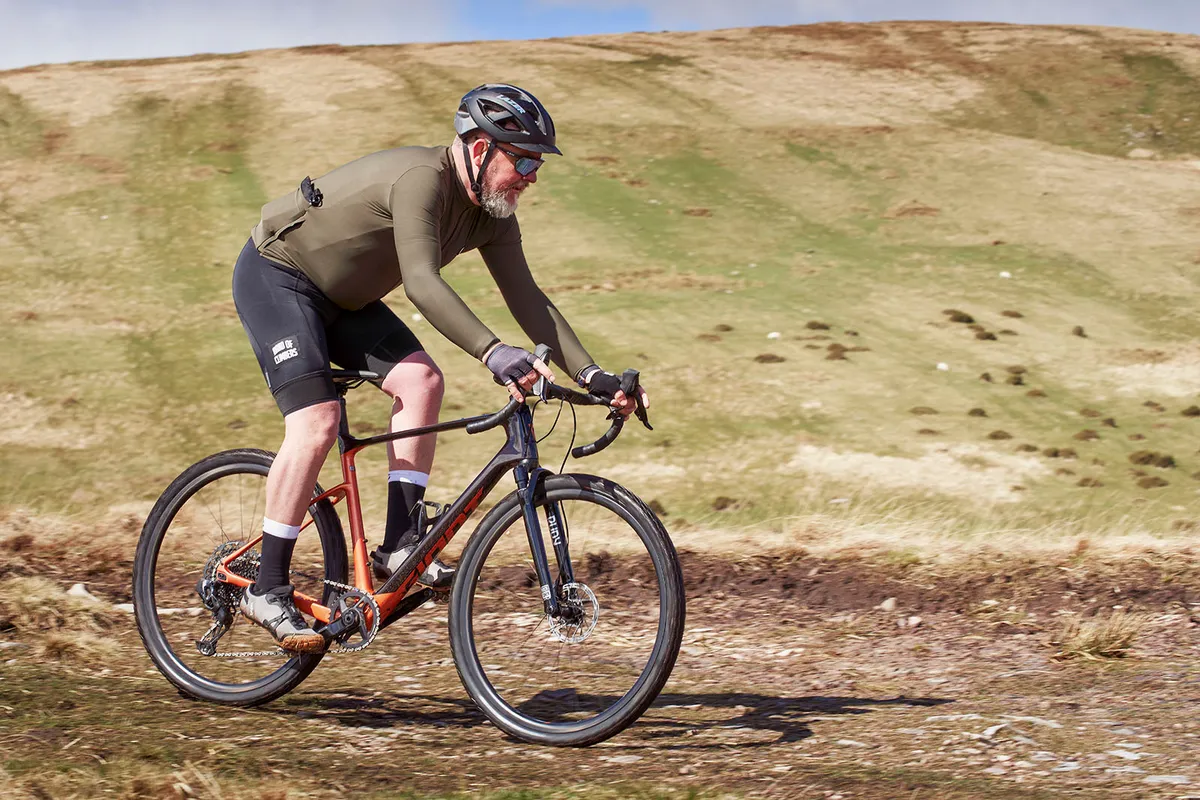
There’s certainly nothing wrong with riding hardtail mountain bikes, or even a rigid MTB without a suspension fork on gravel tracks and trails.
The rigidity of a typical gravel bike frameset combined with a drop-bar position offers greater pedalling and aerodynamic efficiency on roads and gravel tracks.
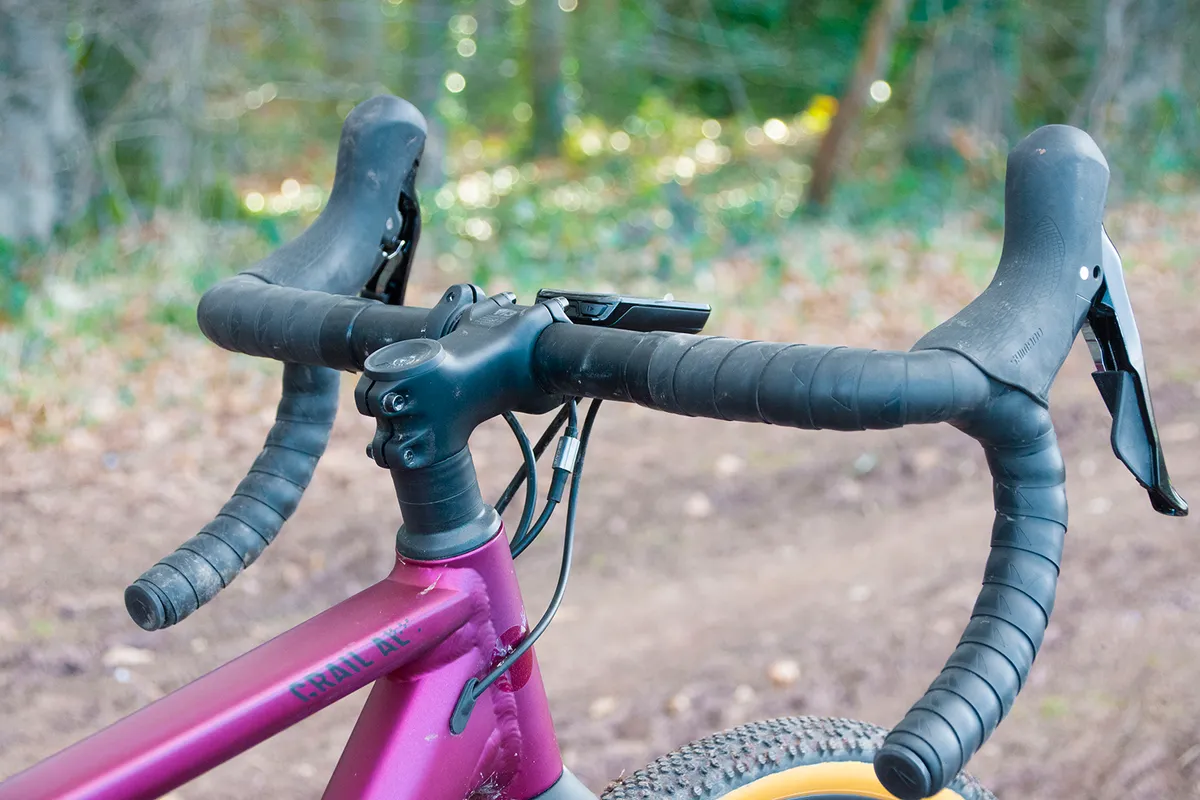
For longer rides and multi-day bikepacking tours, you’ll also find that a drop handlebar offers more varied hand positions, which can be beneficial for minimising hand and wrist discomfort.
For Deborah Goodall, organiser of the Yorkshire True Grit event in the North York Moors, gravel riding takes her back to the early days of riding her rigid mountain bike.
“If I went out on the same tracks and paths on my current mountain bike, it wouldn’t excite me because the bikes handle it too easily,” she says. “But with a drop-bar gravel bike, you get to the bottom of a descent, look back and think ‘I can’t believe I’ve just got down that’.”
Why are tyres so important for gravel riding?
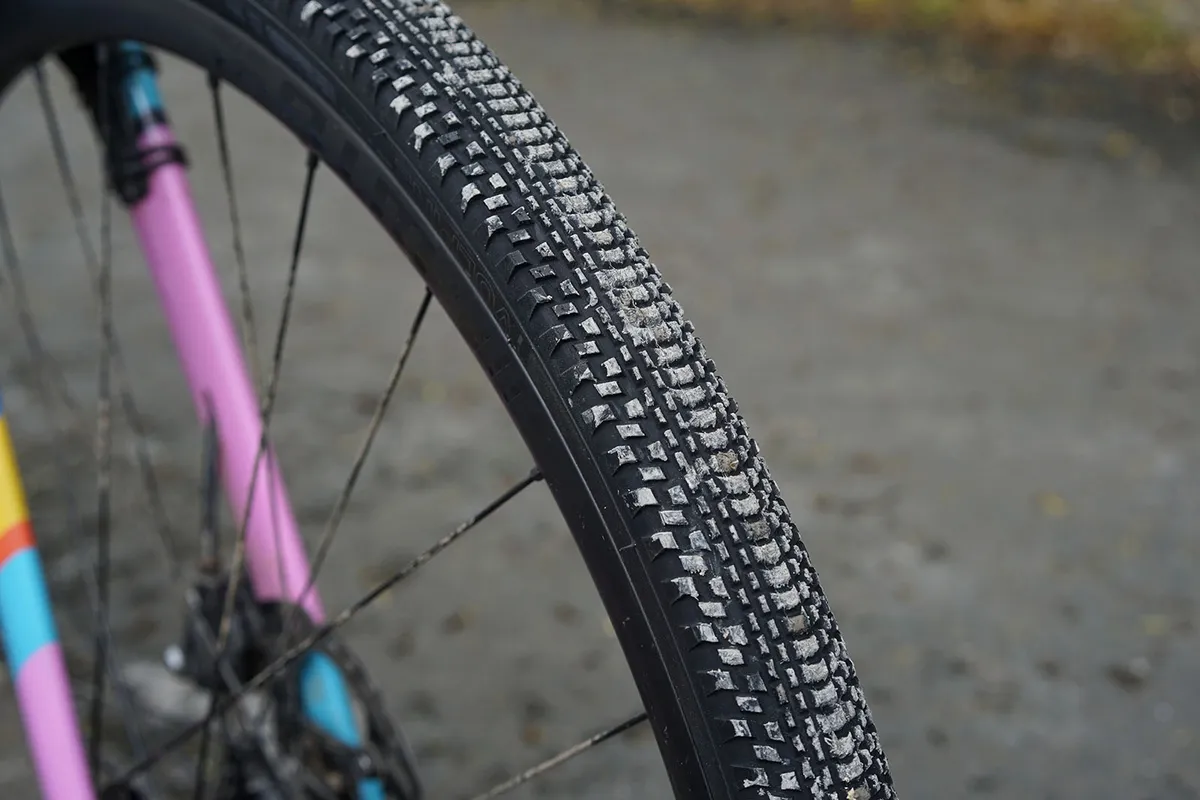
The best gravel bike tyres can make the difference between having a blast on your ride or a total nightmare. As the contact point between your bike and the terrain you’re tackling, you’ll need to match your tyre type, tread, volume and gravel tyre pressure to the trails and conditions you anticipate encountering.
Tubeless tyres come highly recommended for off-road riding since you’re likely to find thorns and sharp rocks off-road, and this will also allow you to run lower tyre pressures with a decreased risk of pinch flats. That said, it’s still possible to cause a snakebite puncture in your tyre with a tubeless setup, so getting the tyre pressure right is key.
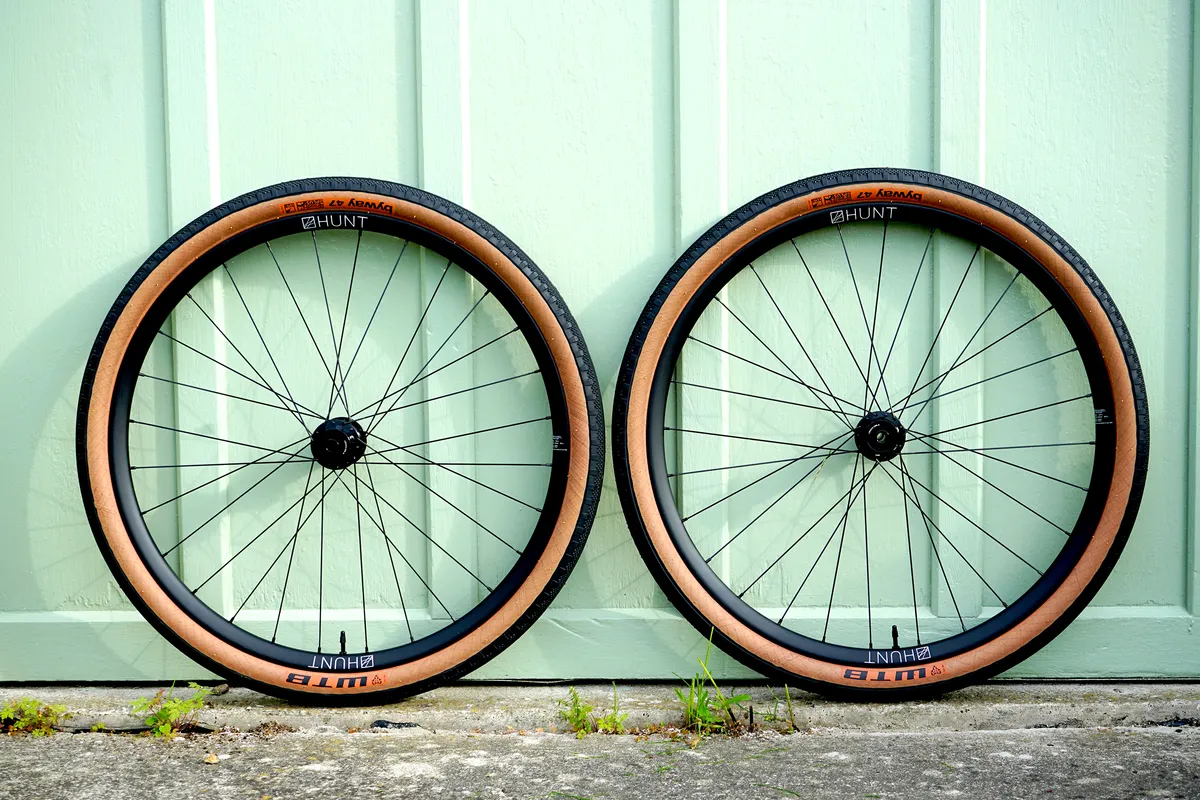
Tyre widths vary from 32mm to over 50mm, or 2.1in. The most common tyre width tends to be around 40mm. The width you choose to run with depends on your frame’s tyre clearance, as well as the pressures you’d like to run.
Larger tyres will enable you to run lower pressures, giving more comfort, as well as allowing you to tackle more technical terrain with greater confidence.
Many riders limited on tyre clearance opt for 650b wheels and tyres (27.5in equivalent), so they can run wider tyres without changing the frameset.
Trail conditions determine which tread you should use. Balance the need for grip and speed, based on the terrain and the weather. For example, opt for a more aggressive, knobbly tread for wetter, muddier conditions, or a slicker tread for dry hardpack.
How have gravel bikes and kit evolved?
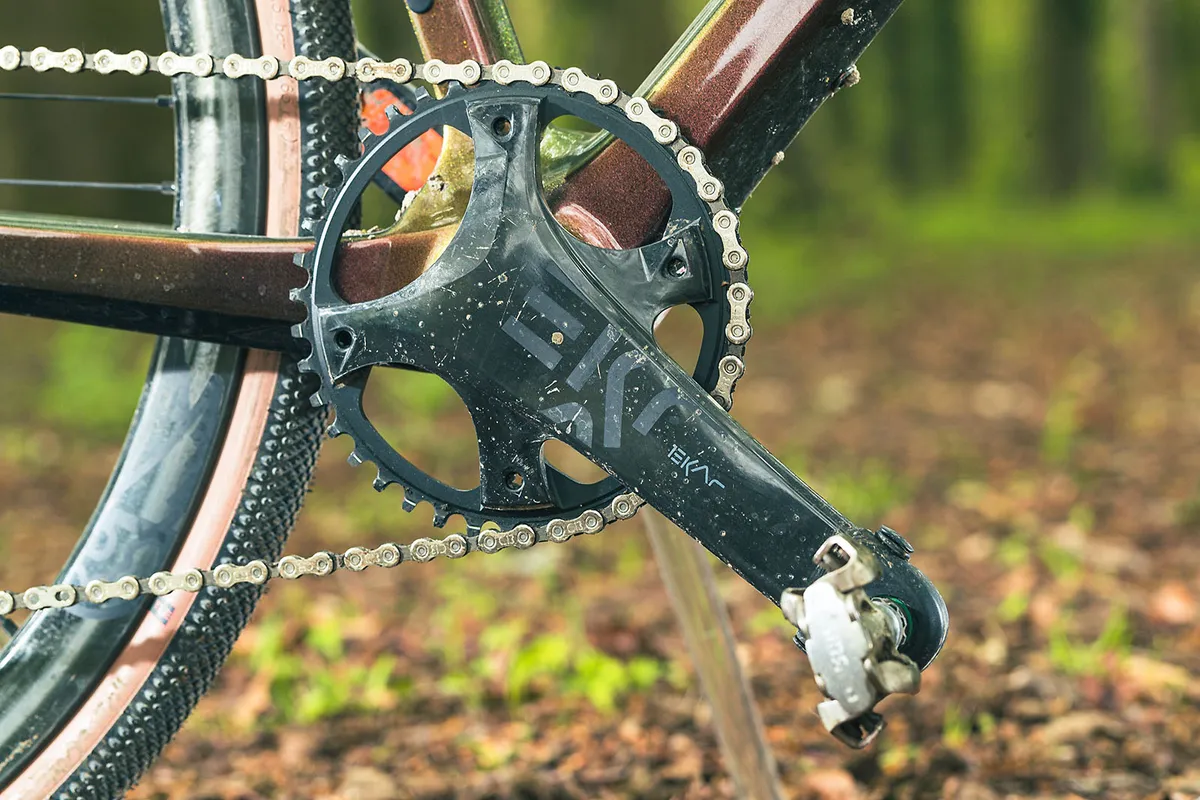
Over the last few years, we’ve witnessed a huge surge in the number of bikes and amount of specifically designed kit on offer, in parallel with the growing popularity of gravel riding.
Shimano, SRAM and Campagnolo have all launched gravel bike groupsets designed with a greater gear range than typical road cycling groupsets, and these have become commonplace on many gravel bike setups.
There are increasing numbers of electric gravel bikes available too, allowing more riders to explore further and steeper than ever before.
Flared handlebars are now very common for gravel bikes, giving greater stability on the drops, and some riders opt for much wider bars than you’d typically find on road bikes.
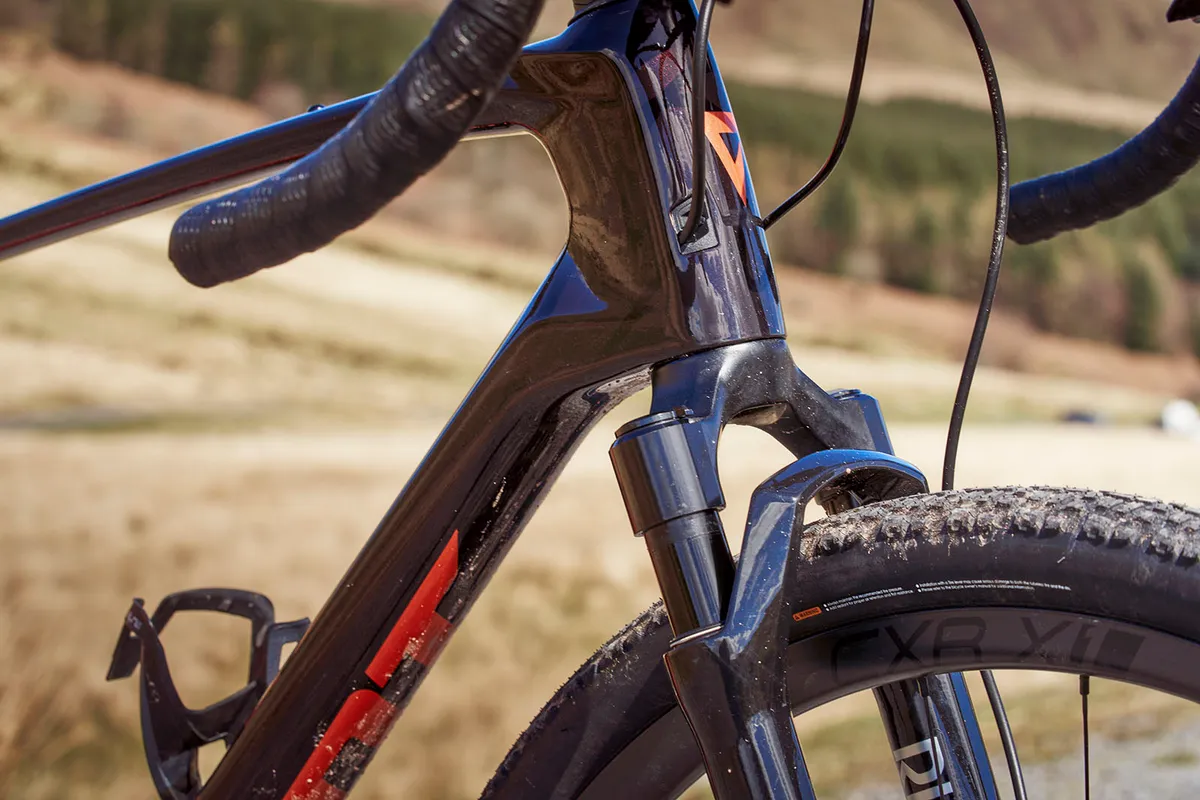
Several technologies are coming across from the mountain biking world to gravel riding.
The integration of suspension into stems and seatposts aims to relieve discomfort caused by rougher terrain. Gravel bike suspension is now also available in the form of the RockShox Rudy Ultimate XPLR fork (30 or 40mm travel), the Lauf Grit fork (30mm travel) and even Niner’s MCR 9 RDO full suspension gravel bike (50mm travel).
Gravel bike dropper posts, which lower the seatpost and your centre of gravity on steep descents, and tubeless tyre inserts, lightweight foam hoops that reduce your puncture risk, also have MTB origins.
Gravel-specific clothing and shoes have become more popular too. Cargo bib shorts have pockets to hold small items, so you can swap a road cycling jersey for a more casual T-shirt.
Because hike-a-bike sections could potentially destroy road cycling cleats in a matter of minutes, MTB-style two-bolt SPD pedals are popular as gravel bike pedals, or even flat pedals for bikepacking or more technical riding. Check out our round-up of the best gravel shoes on the market, featuring rugged, grippy rubber soles and casual laces or adjustable Boa dials.
What kit do you need to take for gravel riding?
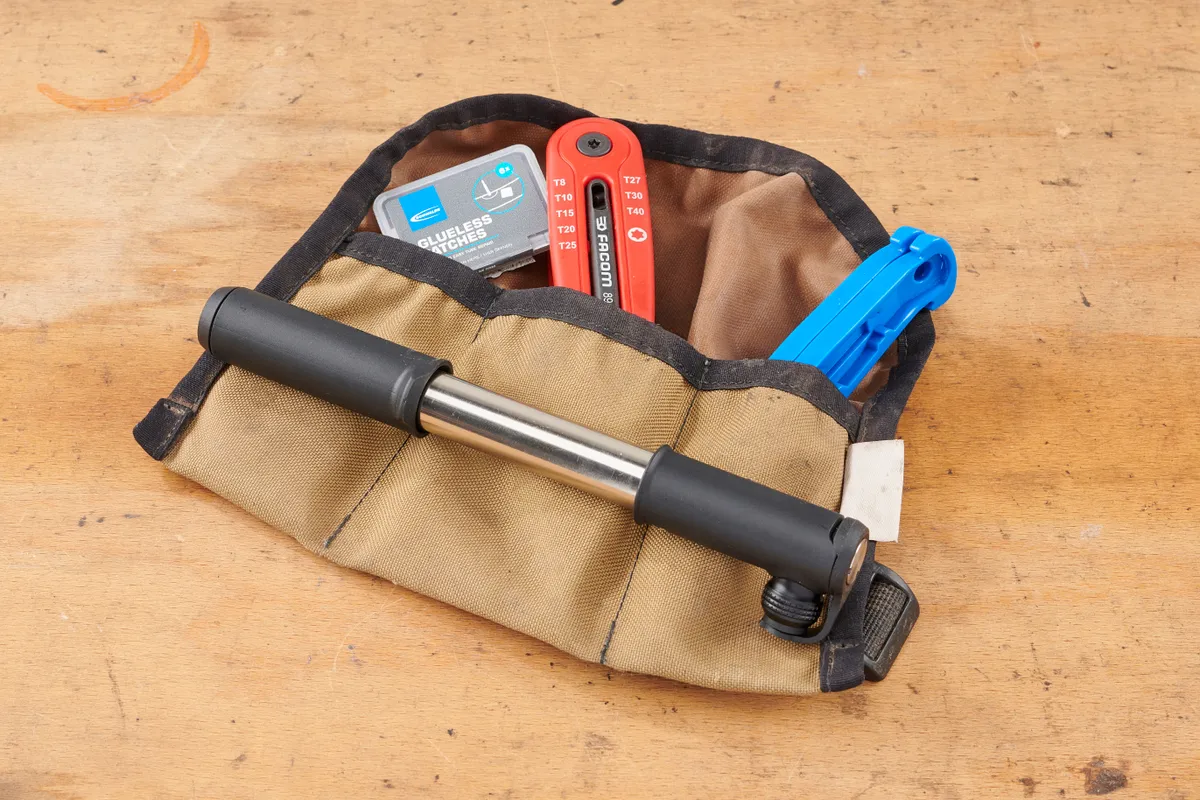
Make sure you carry all the tools and spares you might need, including a chain tool and quick link, tubeless repair kit, tyre boot and spare tubes, as well as a high-volume pump. If you’re really heading out into the wild, taking a spare derailleur hanger, cable ties, tape and even brake pads is a good idea.
Gravel bike accessories, such as a frame pack, help you stow all this kit securely (plus food and spares) without interfering with the ride.
A little planning before you ride, with a route loaded on a GPS bike computer, smartwatch or your phone can be invaluable. Cycling apps, such as Komoot, are helpful. They suggest highlights based on users’ recommendations, meaning you can build a ride around the best gravel sections, climbs and even coffee stops.
In case of battery failure, don't forget a paper map on longer trips into the wilderness. In this environment, you should pack plenty of snacks and water for your ride. There’s nothing worse than bonking in the middle of nowhere without a resupply point for miles.
What’s the difference between gravel and bikepacking?
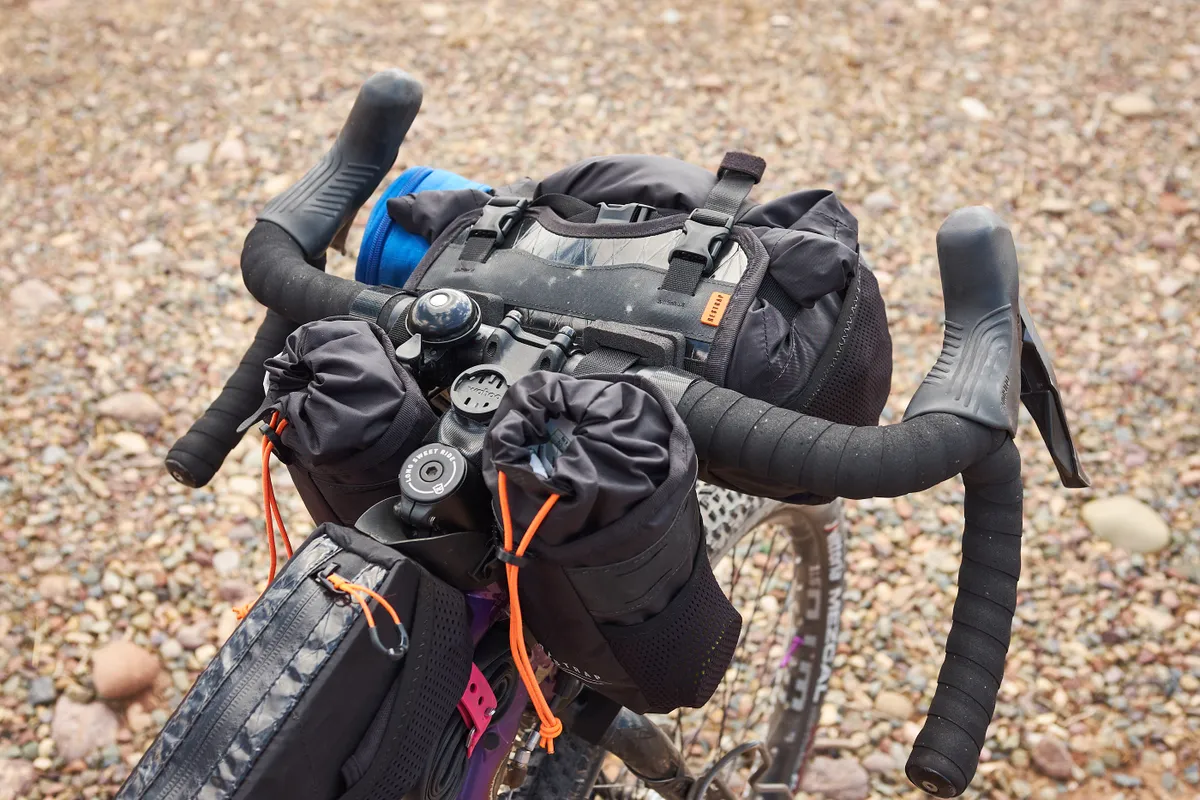
Bikepacking is a term used to describe multi-day cycling tours, and most often for off-road expeditions. These can either be of your own design, or follow one of the many international bikepacking routes, from the 2,745-mile (4,418-kilometre) Tour Divide in North America to Scotland’s 212-mile (342km) Badger Divide.
When bikepacking, you'll stay overnight either outside using a tent, bivvi or hammock, or in accommodation such as hostels, bunkhouses, hotels, mountain refuges or bothies. Alongside your bike, multi-day trips mean taking a lot more kit with you, which is packed either in bikepacking bags, or more traditionally in pannier bags.
What different skills do you need to ride gravel?
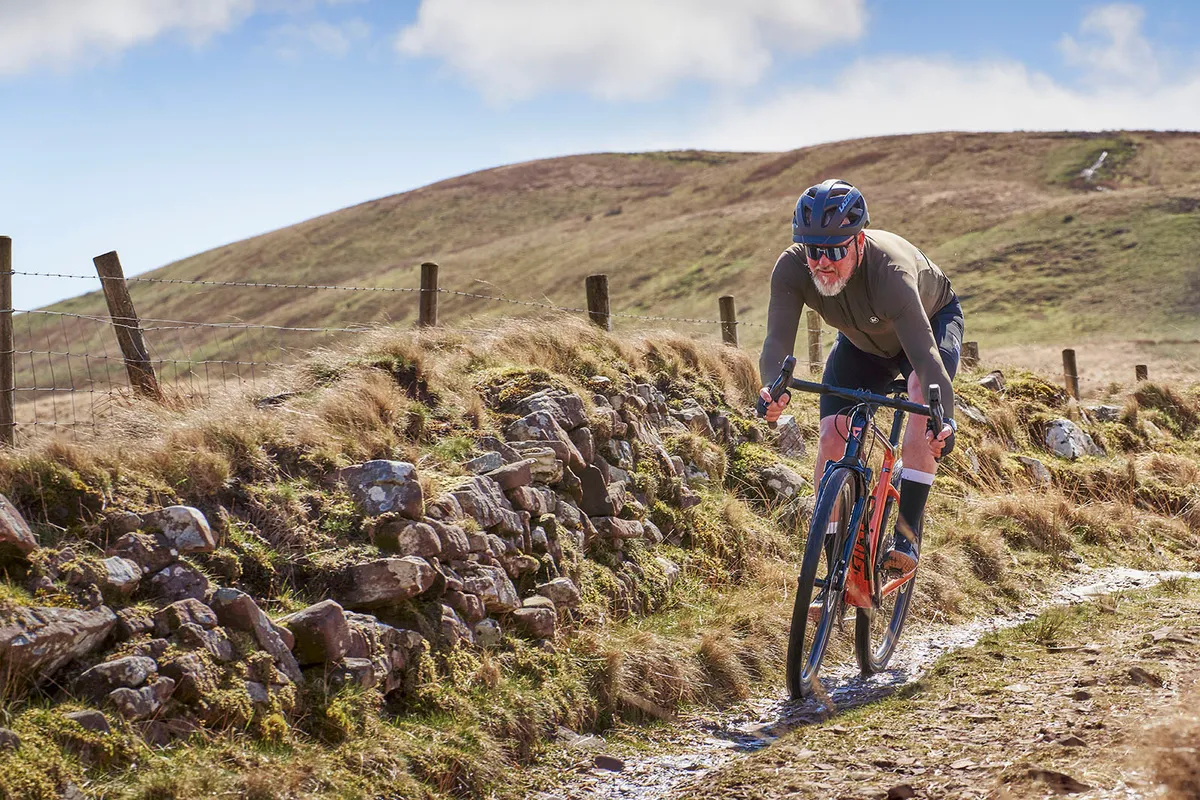
If you come from a road cycling background, starting out on gravel can seem a little daunting. The way the terrain moves under you contrasts to the predictability of the road.
There are a few different gravel riding techniques that you’ll learn with time. Already having some cyclocross skills or mountain bike prowess can really help.
On loose-gravel ascents, stay seated rather than climb out of the saddle, just like riding uphill on a muddy cyclocross course. This’ll keep your weight over the back wheel and prevent it spinning out.
Cornering on gravel roads is also different from tarmac. You should look for the smoothest line, avoiding any chunkier, loose gravel if possible. Taking the inside line can give you more wiggle room when it comes to exiting the corner, so if anything goes wrong you have more space to correct your line than if you were cornering on the outside.
When the terrain becomes more technical, line choice becomes increasingly important, just as it does in mountain biking. For a fast ride, look for the smoothest line, avoiding larger rocks, roots and looser sections.
Keep looking ahead at the trail features coming up rather than concentrating on what’s in front of your wheel.
Is gravel riding harder than road riding?
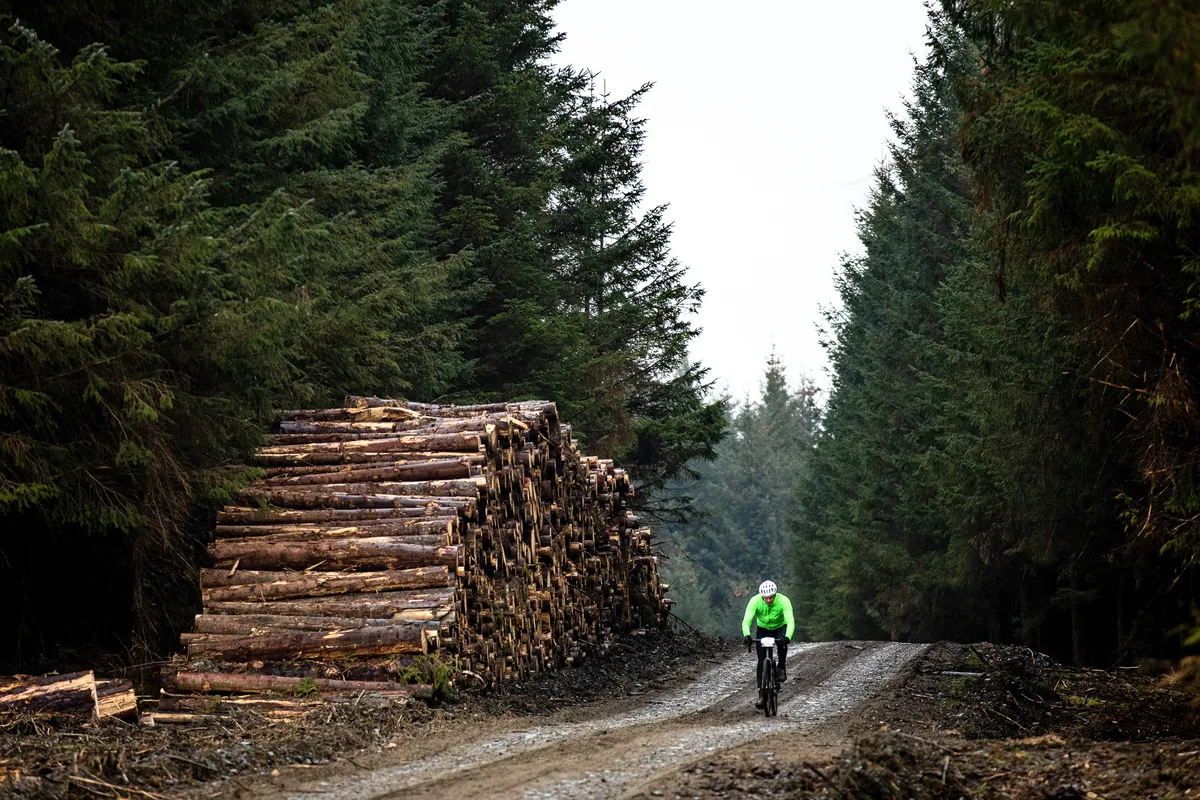
As our senior technical editor-in-chief Robin Weaver learnt from riding the Dirty Reiver, a timed gravel event on the England/Scotland border, completing 100km of gravel is much harder than on the road.
While riding gravel, there is more rolling resistance from the rougher, bumpy surface and your grippier tyres. Your bike might be weightier and more heavily loaded.
Therefore, you’ll have to expend more effort, which burns more calories, than you would to travel the same distance on paved roads.
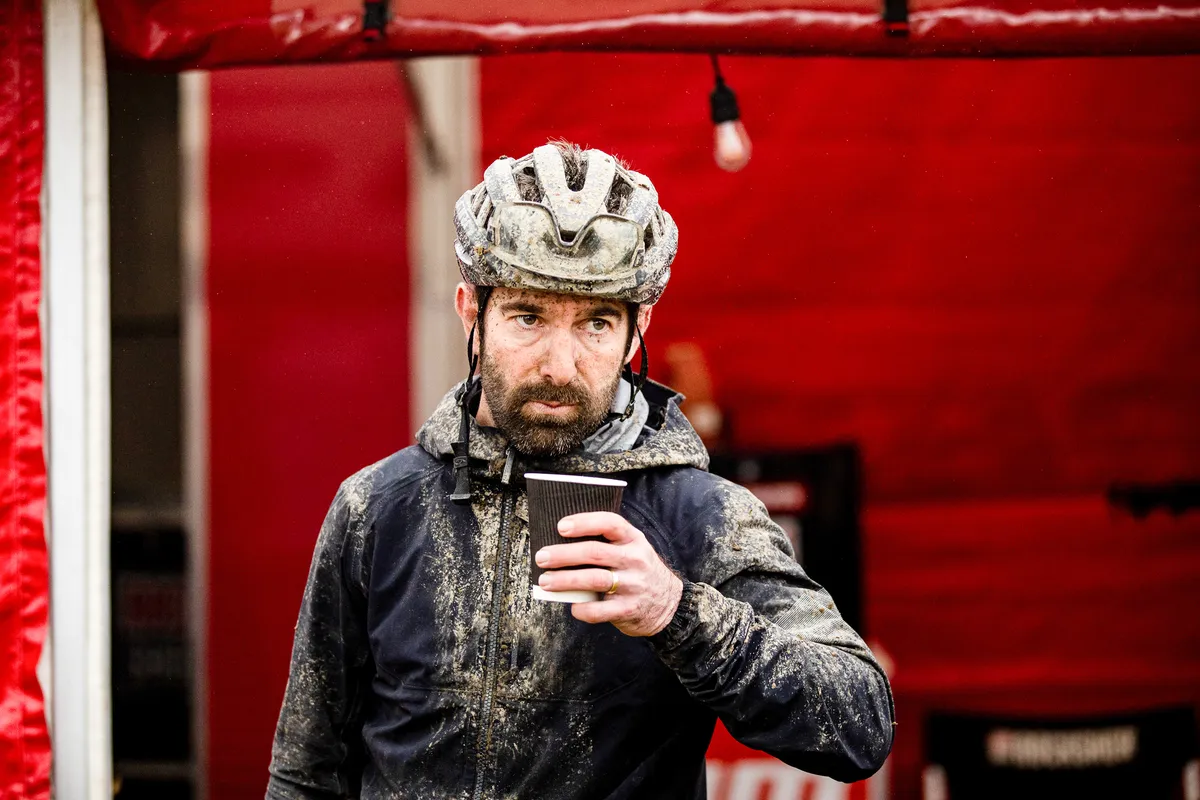
The muscles used in cycling on and off-road are very similar. But gravel riding is more of an overall workout. You’ll recruit upper-body muscles and your core to absorb vibrations, stabilise the bike and winch yourself up steep, slippery climbs.
If you train with power, this extra work won’t necessarily be captured by the number of kilojoules your power meter calculates you’ve expended. This is based only on the force exerted through the pedal axle, for example.
The stochastic (stop/start) nature of off-road riding will typically result in a lower average power than a steadier effort on the road. However, Normalised Power, a metric claimed to better reflect a workout’s demands, should be higher.
What about gravel events and races?
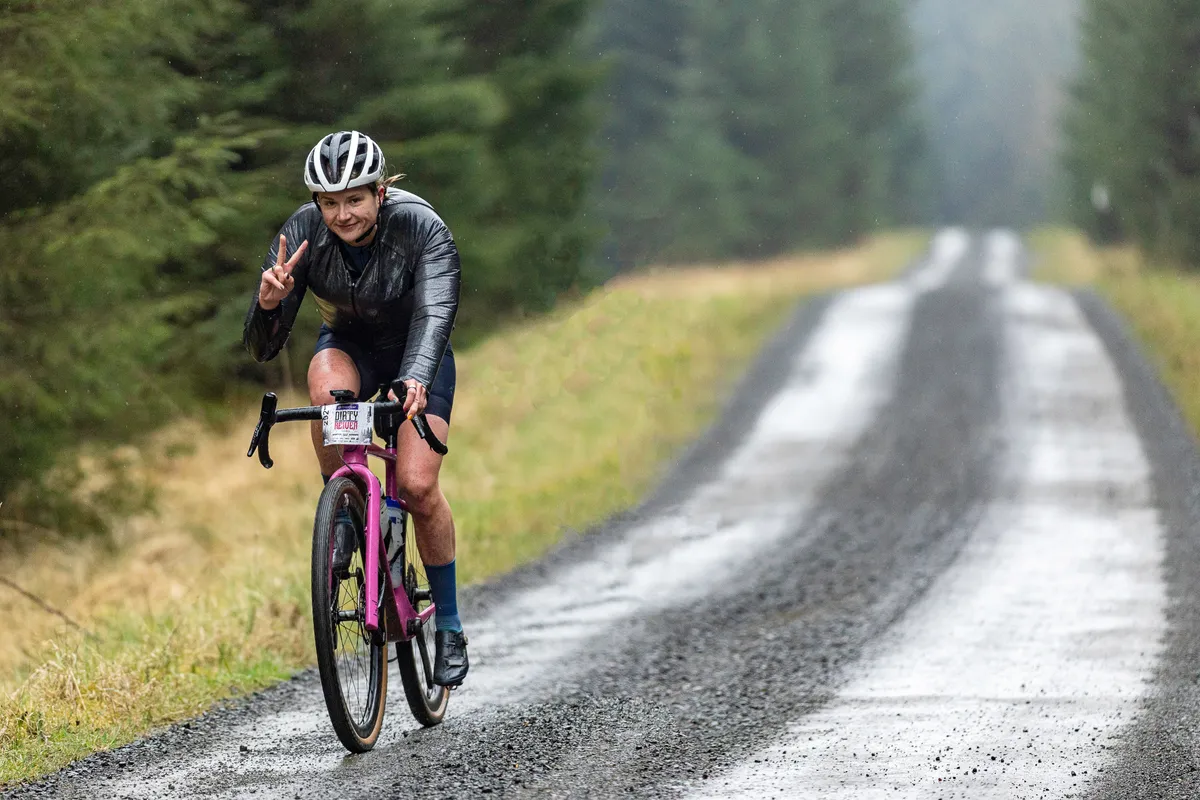
Besides showing you some great new trails to explore, entering a gravel event, whether a race or a social ride, is a fantastic way to meet more people in the burgeoning gravel community.
The diversity of gravel racing is really impressive, from single-stage day races to enduro-style timed segments, multi-day bikepacking and fun social rides.
If you’re not a competitive cyclist, don’t be put off by the word ‘race’. You can train for gravel racing, but you don't have to. Mass-participation gravel racing pioneered in the States, such as Unbound Gravel, still emphasises the social side of things rather than out-and-out competition.
